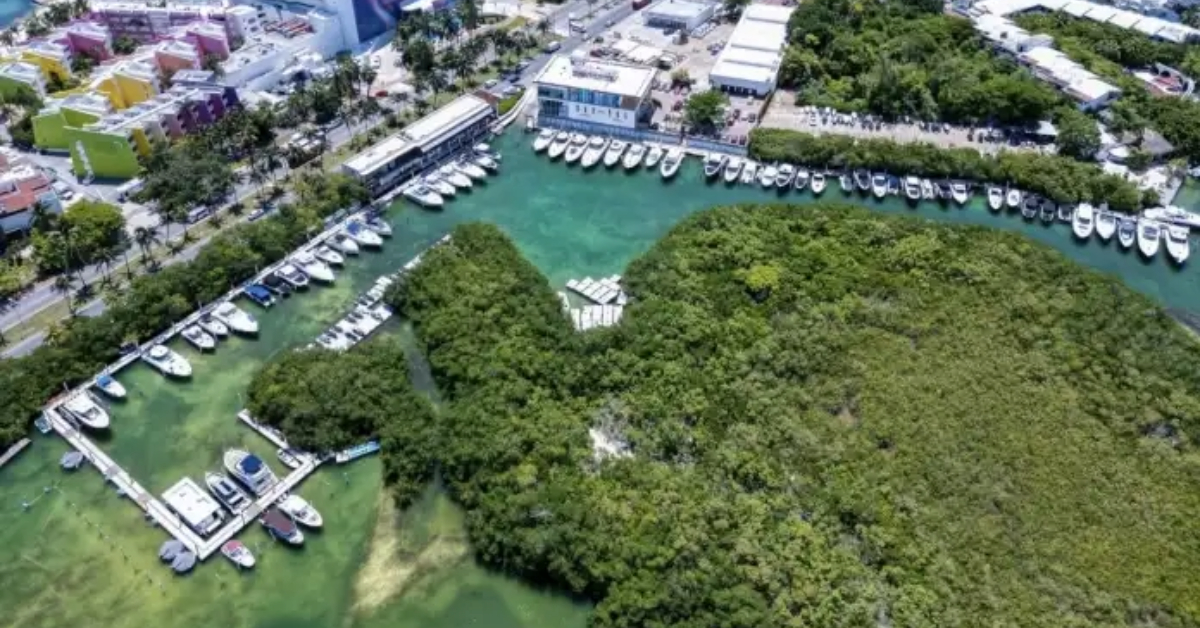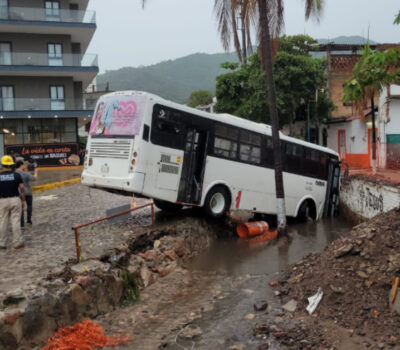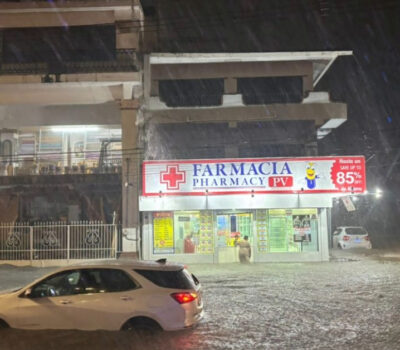Semarnat has approved the Quatro Marina project in Cancún’s Nichupté Lagoon, allowing construction of a floating dock and tourist infrastructure despite ecological sensitivities in the federally protected area.
The Ministry of Environment and Natural Resources (Semarnat) has approved the Environmental Impact Statement (EIS) for a new floating dock project in the ecologically sensitive Nichupté Lagoon, giving the green light to the development of “Quatro Marina” by the company Marina Isla Cancún SA de CV.
The environmental opinion was officially issued on June 16, 2025, nearly six months after the proposal was submitted for evaluation in January. The approved project is set to be constructed at kilometer 3.3 of Kukulcán Boulevard, within Cancún’s heavily trafficked Hotel Zone.
The Quatro Marina project includes the construction of two three-story buildings plus a ground level, covering a total area of 939.43 square meters. In addition to the floating dock, the facilities will include administrative offices, restrooms, storage areas, and other essential services to support the marina’s operations.
Floating dock to boost nautical tourism
One of the project’s key components is a removable floating dock designed to serve boats offering nautical tourism experiences within the Nichupté lagoon system. The dock will be installed adjacent to the existing Kaybal Marina, effectively expanding the docking capacity available for tour operators in the area.
According to project details, the floating structure avoids land reclamation and any permanent modification to the lagoon bed. This approach is being framed as a way to meet the growing demand for aquatic experiences in Cancún without further disturbing the fragile lagoon environment.
Marina Isla Cancún SA de CV emphasizes that the development is meant to offer infrastructure that supports the booming nautical tourism sector in the Mexican Caribbean while minimizing ecological disruption. However, the project’s location within a federally protected maritime-terrestrial zone has raised flags among environmental observers.
Environmental oversight required
Despite the EIS approval, Semarnat has imposed strict conditions for environmental compliance. These include mitigation strategies and long-term oversight before, during, and after construction. The project must meet federal guidelines aimed at reducing impact on local biodiversity, water quality, and sediment levels.
Authorities highlight that the Nichupté Lagoon is already under stress from decades of tourism development, vessel traffic, fuel spills, and waste. Any additional infrastructure—particularly for maritime activity—requires heightened scrutiny and constant environmental monitoring to ensure it doesn’t worsen the lagoon’s condition.
Semarnat’s approval acknowledges the project’s compliance with current environmental legislation but warns that the region’s carrying capacity is limited. The expansion of marina operations, if unchecked, could increase the risk of irreversible ecological damage.
Balancing development and conservation
The Quatro Marina project reflects the ongoing tension in Cancún between economic development and environmental protection. The Mexican Caribbean continues to attract millions of tourists each year, many of whom seek boat tours, snorkeling excursions, and water sports in its coastal ecosystems.
With this new floating dock, the government is betting on infrastructure that can be adjusted or removed if environmental conditions worsen. The dock’s design aims to strike a balance between accessibility for tourism operators and minimal ecological footprint.
Nevertheless, conservationists caution that even removable structures can increase traffic and intensify human impact in areas already under pressure. The true test of the project’s sustainability will lie in its implementation and the effectiveness of monitoring systems that Semarnat and other environmental authorities enforce moving forward.
Construction of the Quatro Marina is expected to begin later this year, following compliance with the mitigation measures outlined in the EIS approval. Once operational, the marina will serve as another node in Cancún’s growing network of nautical tourism hubs.
Semarnat has approved the Quatro Marina project in Cancún’s Nichupté Lagoon, allowing construction of a floating dock and tourist infrastructure . . .












